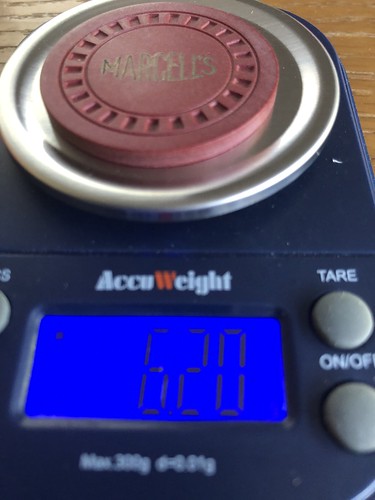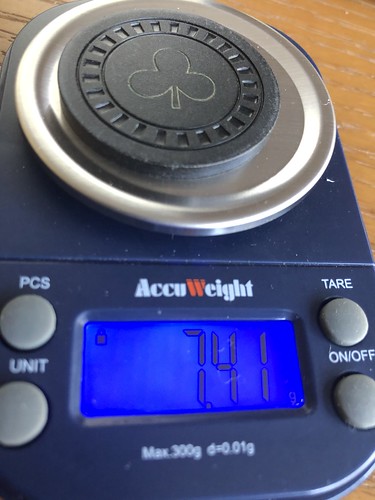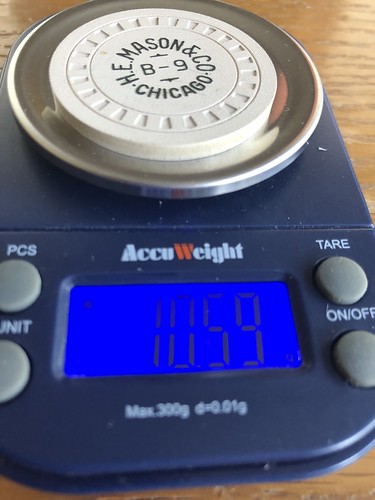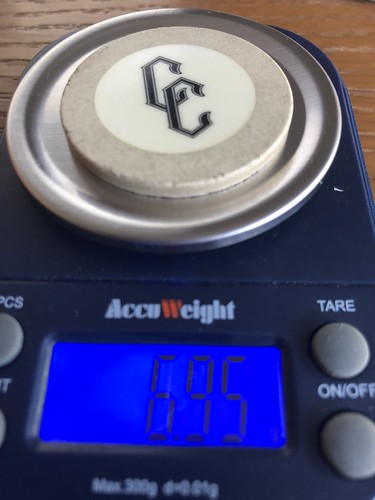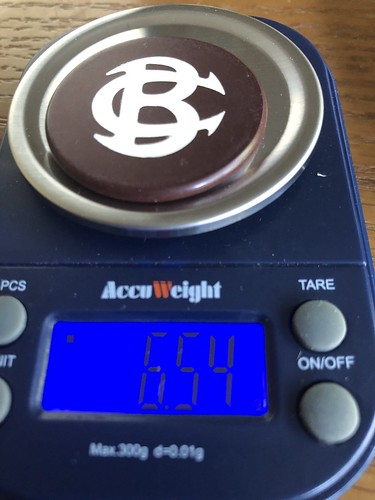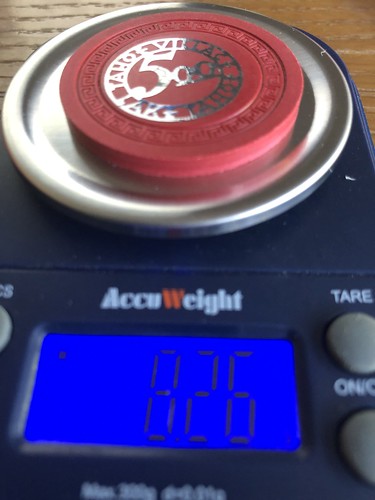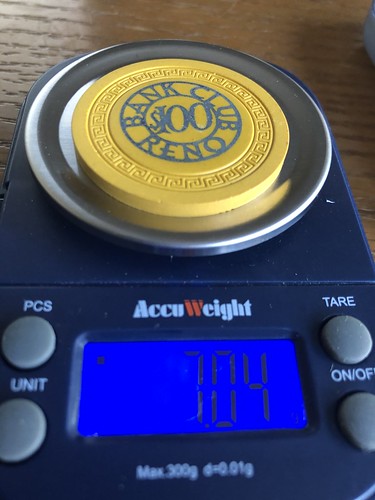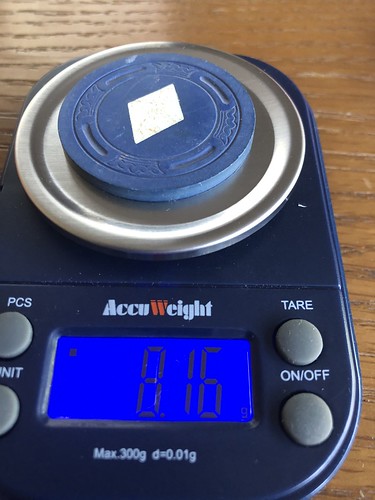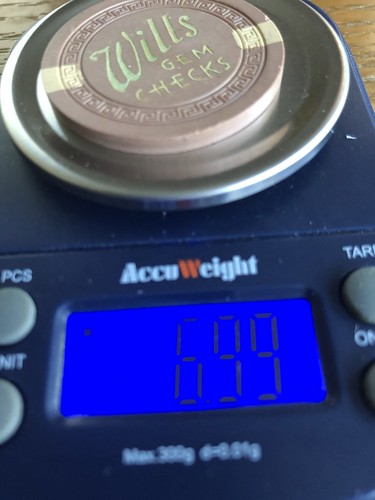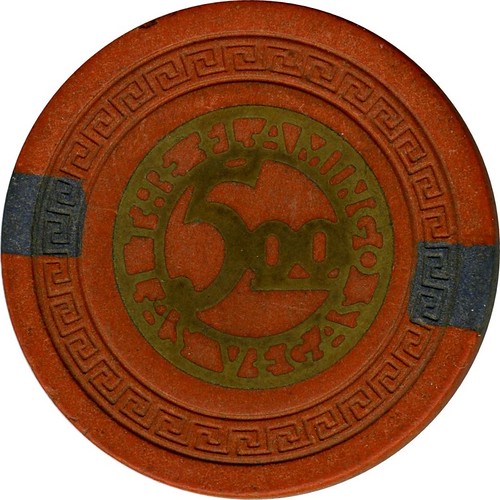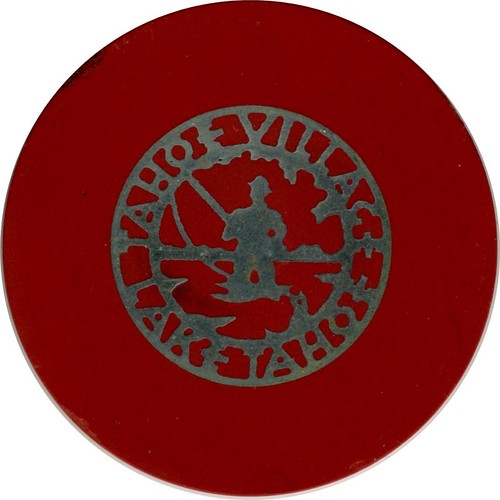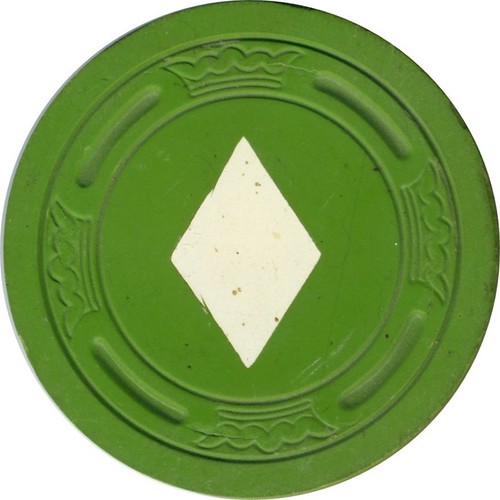Jeff in Iowa
Pair
If the hotstamp is done absolutely perfectly, and the surface is completely flat, the foil just adheres to the surface , and it's like the chip wasn't even pressed at all.
I have never been able to do that. (Although I just have a little hand stamping machine) So what usually happens is that the temperature is just a little too hot, and there is just a little too much pressure, and the surface is just a little bit bowed. This results in some clay being displaced (up and around the hotstamp) , with the foil print being pushed deeper into the surface of the chip. The sides of the displacement (flashing) also gets some foil stuck to it. All of this is then scraped, taking both the excess foil and the displaced clay off of the chip.
Thanks for that detailed explanation about the flashing phenomena.
The more I inspect these chips, the more I think they might be made out of a more plastic like material. If plastic can be hot stamped in the way you describe, these chips may have been an 1940s attempt by Mason to make and sell their own chips, and cut USPC/Burt out from the process. If so, apparently there was something they did not like about the chips, because they ended up sticking with Burt made chips until they stopped selling them in the 1980s.

